Socioeconomic Development
- Socioeconomic scenarios provide a consistent set of assumptions about societal, technical, cultural and economic developments over the 21st century.
- They typically centre around a general narrative about the world’s future augmented by projections of factors like population, economic activity, and urbanisation.
- Socioeconomic scenarios in climate change research are increasingly based on the Shared Socioeconomic Pathways (SSPs) which represent five different futures with widely varying challenges to mitigation and adaptation.
Chapter Summary
With climate change so dependent on socioeconomic development, we need scenarios of possible socioeconomic futures to explore projections, implications and solutions to climate change. Such socioeconomic scenarios provide a consistent set of assumptions about societal, technical, cultural and economic developments over the 21st century. To reflect the multifaceted and inherently uncertain nature of these developments, they often centre on a broad narrative about the world’s future. The narrative is augmented by quantitative projections of factors like population, economic activity, and urbanisation that are needed as inputs to energy, land use, climate impacts and integrated assessment modelling.
The current generation of socioeconomic scenarios in climate change research is increasingly based on the Shared Socio-Economic Pathways (SSPs). The SSPs offer a systematic exploration of possible socioeconomic futures in terms of widely different predispositions to mitigate and adapt to climate change. Socioeconomic challenges to mitigate vary, e.g., with the resource and carbon intensity of consumption. Socioeconomic challenges to adapt vary, e.g., with the level of education, health care, poverty and inequality in societies around the world.
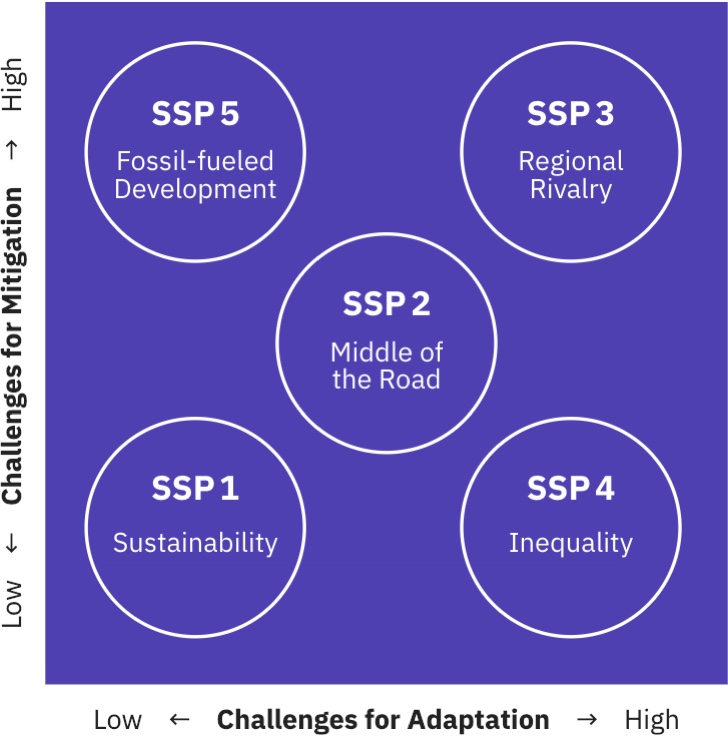
The SSPs comprise five different narratives of the world’s future augmented by an expanding set of projections, e.g., for population, economic activity, urbanisation, and income inequality. The SSPs fall into the category of “Projections” as defined in the introduction although they have been named “Pathways” when introduced to the literature. While the use of “Pathway” for goal-oriented scenarios is more common in the literature, the term has also been used to describe a subset of trajectories of a multi-dimensional scenario.
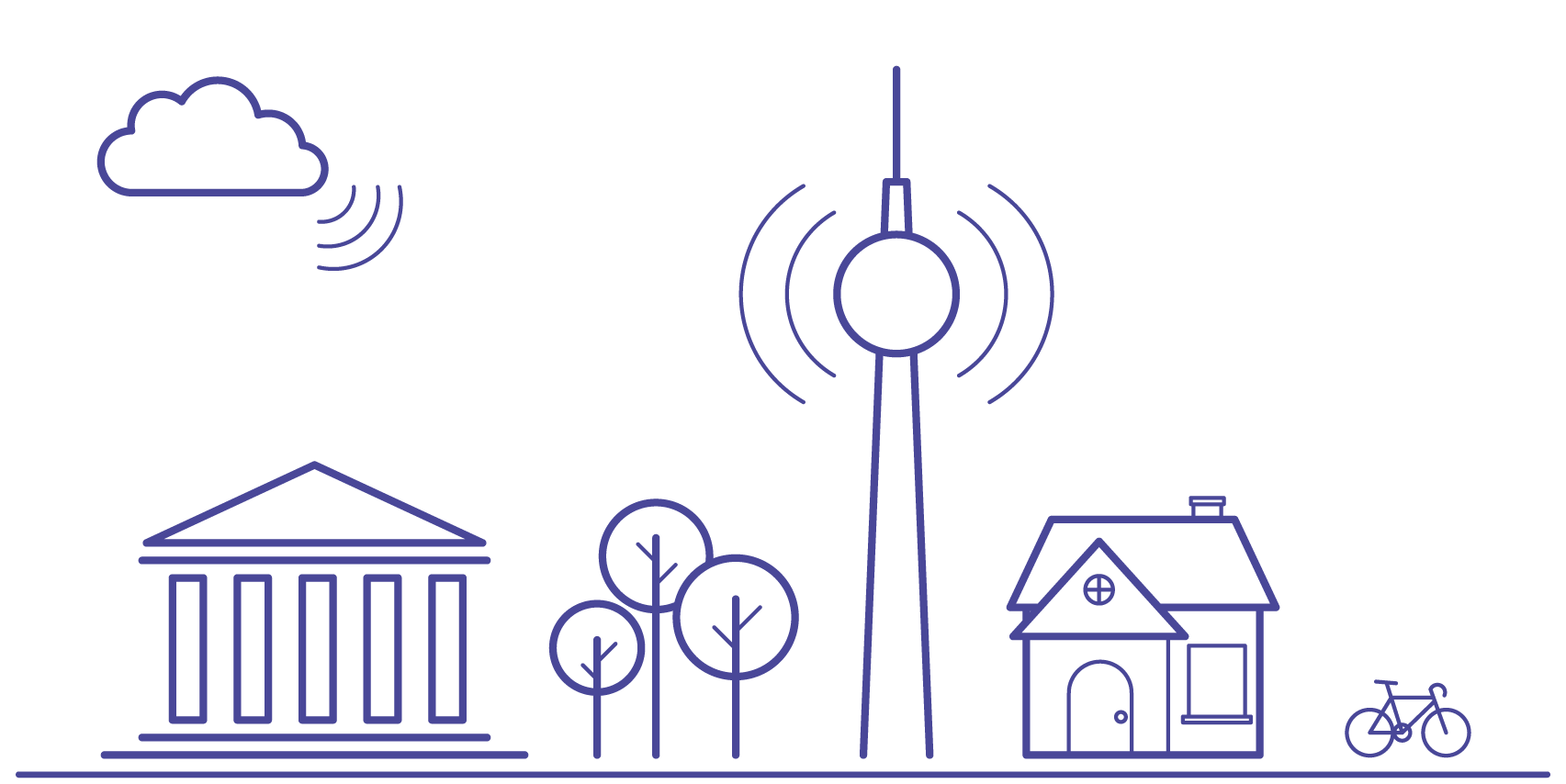
- This future poses low challenges to mitigation and low challenges to adaptation
- Global population peaks mid-century
- Emphasis on human well-being
- Environmentally friendly technologies and renewable energy
- Strong and flexible institutions on global, regional, and national level
SSP 1: Sustainability - Taking the green road
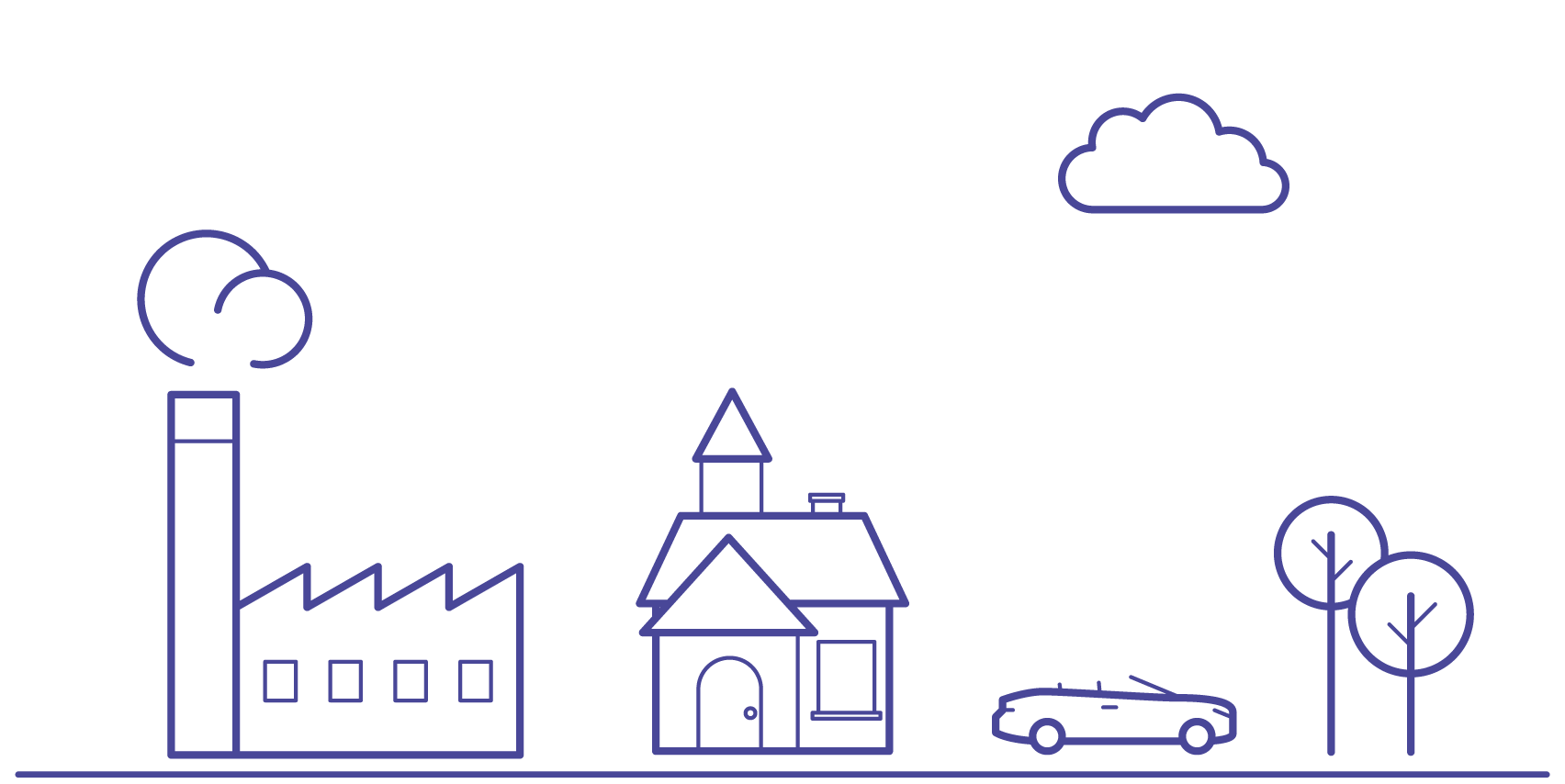
- This future poses moderate challenges to mitigation and moderate challenges to adaptation
- Population growth stabilizes toward the end of the century
- Current social, economic, and technological trends continue
- Global and national institutions make slow progress toward achieving sustainable development goals
SSP 2: Middle of the road

- This future poses high challenges to mitigation and high challenges to adaptation
- Population growth continues with high growth in developing countries
- Emphasis on national issues due to regional conflicts and nationalism
- Economical development is slow and fossil fuel dependent
- Weak global institutions and little international trade
SSP 3: Regional rivalry - A rocky road
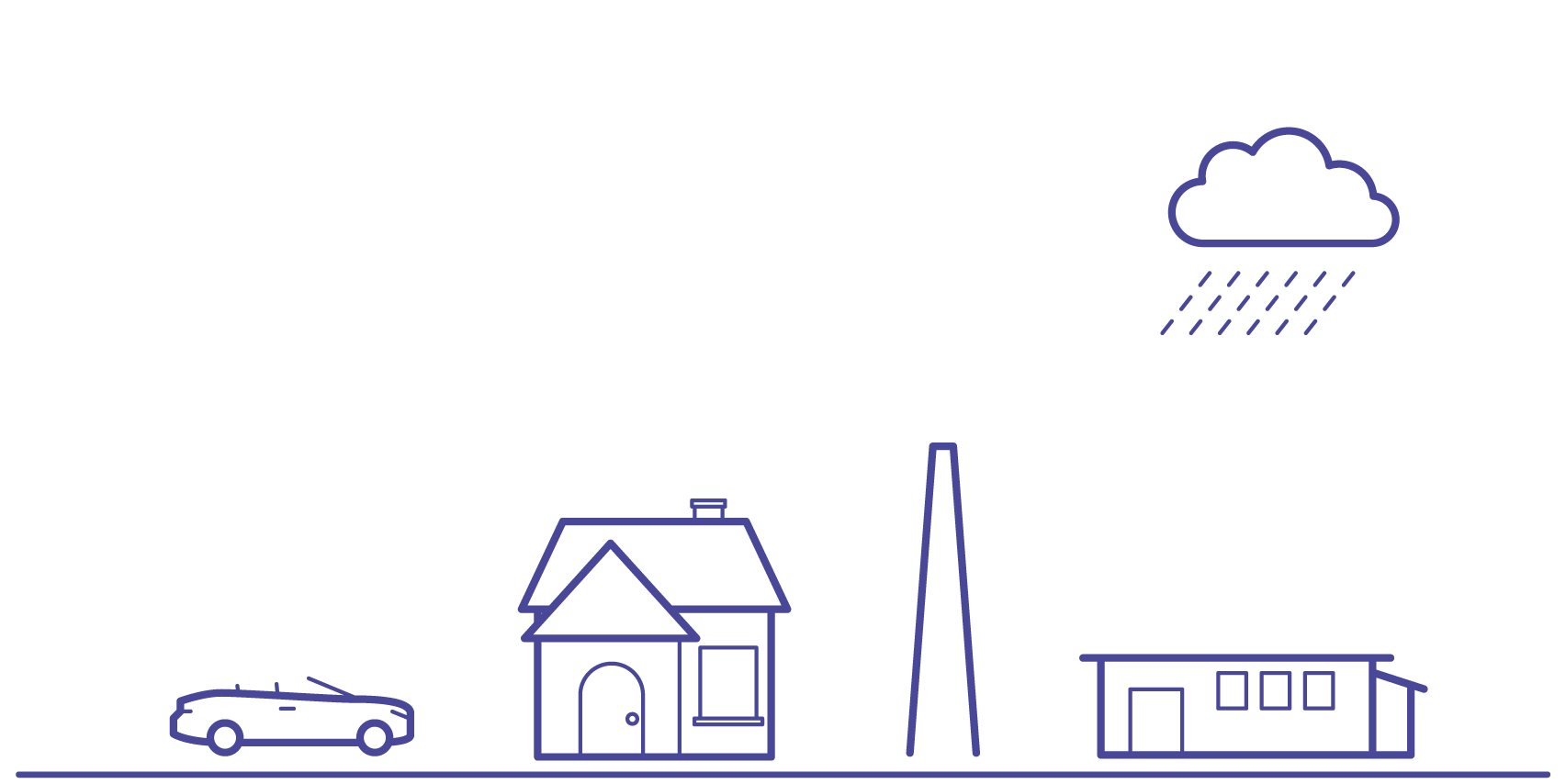
- This future poses low challenges to mitigation and high challenges to adaptation
- Population growth stabilizes toward the end of the century
- Growing divide between globally-connected, well educated society and fragmented lower income societies
- Unrest and conflict becomes more common
- Global, regional, and national institutions are ineffective
SSP 4: Inequality - A road divided
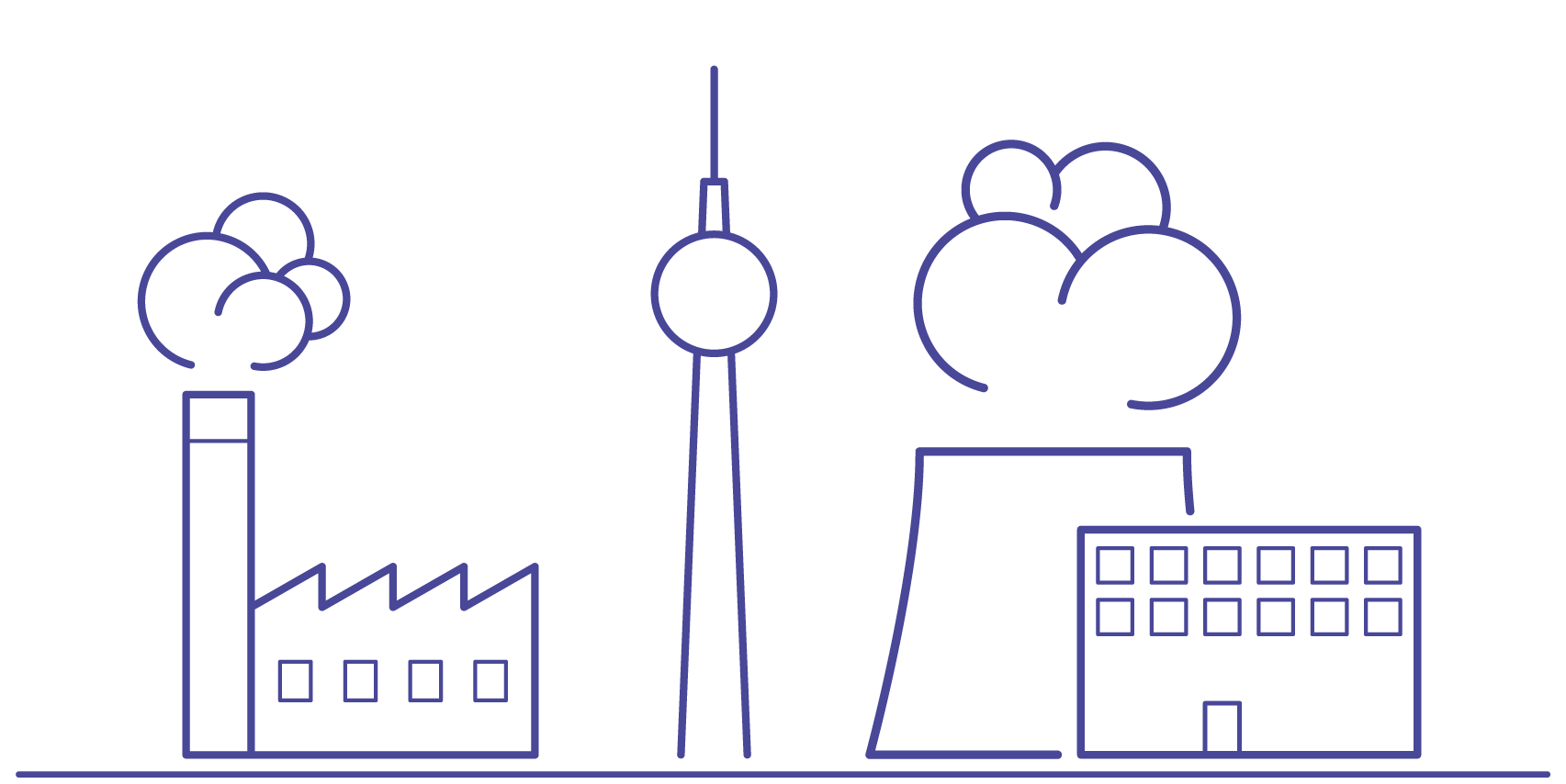
- This future poses high challenges to mitigation and low challenges to adaptation
- Global population peaks mid-century
- Emphasis on economic growth and technological progress
- Global adoption of resource and energy intensive lifestyles
- Lack of environmental awareness
SSP 5: Fossil-fueled development - Taking the highway
SSPs in Detail
These narratives play out differently for key characteristics of socioeconomic futures. In the following charts, a few of these key characteristics are mapped across the five SSPs covering the space of varying challenges to mitigation and adaptation: Education, Trade, and Technological Development.
Education
Education plays a key role for population and human development. The higher the educational attainment, the lower the fertility rate and the higher social inclusion. The progressive SSP 1 and SSP 5 futures with high educational attainment have therefore substantially lower population projections than the SSP 3 world in which educational attainment remains low. SSP 4 is characterized by an unequal distribution of educational attainment between rich and poor households and regions.
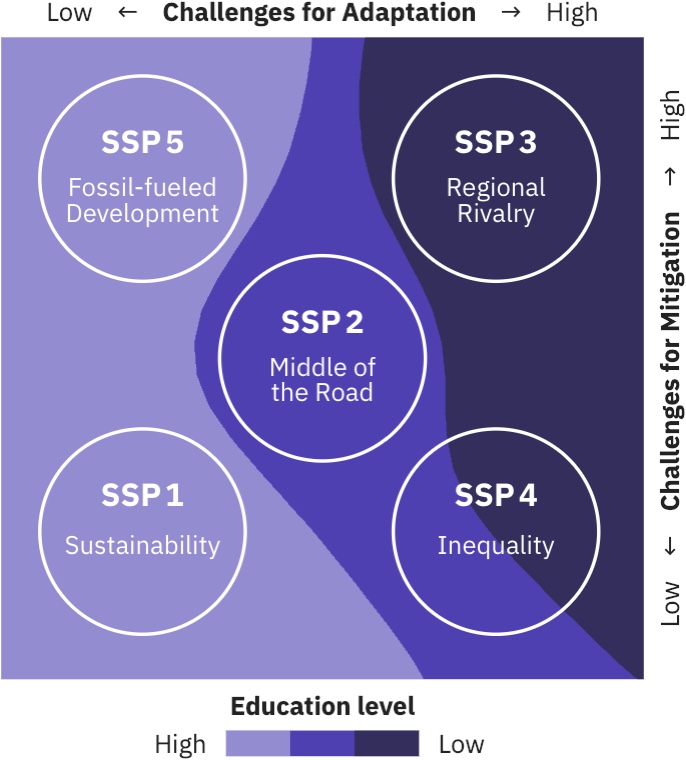
International Trade
The amount of international trade is an indicator for globalization. SSP 5 is the most globalized world, while regional rivalry in SSP 3 is posing a barrier to globalization. The other futures have intermediate levels of globalization (SSP 2), a balance between globalized institutions and an emphasis on local communities (SSP 1), or fragmented societies with a globalized elite and disconnected local work forces (SSP 4).
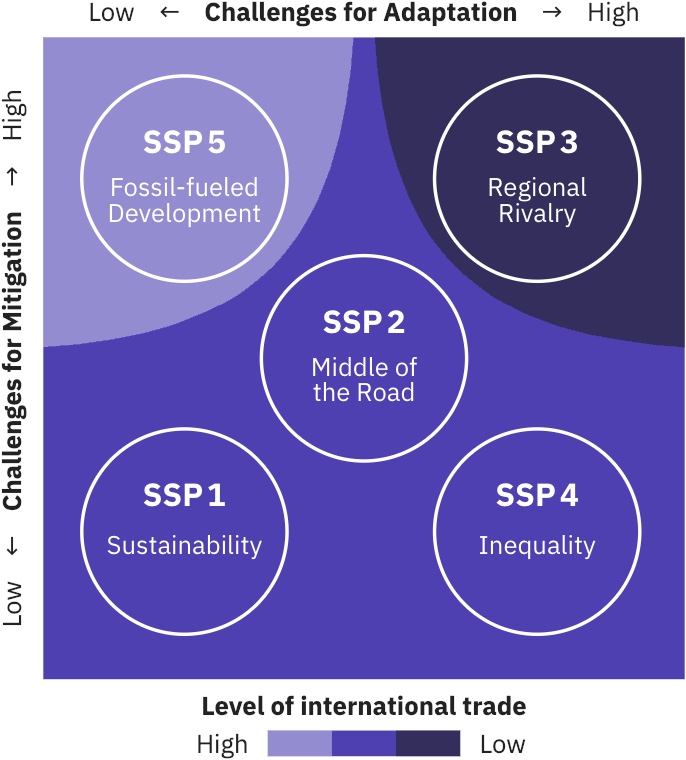
Technology Development
Technological development drives economic productivity. It also plays a key role for mitigating and adapting to climate change. SSP 5 has highest economic growth due to rapid technological change and human development, globalizing markets, and an emphasis on production and consumption. In contrast, regional isolation dampens technological progress in SSP 3. Intermediate developments occur due to different levels of technological progress across regions (SSP 2) and societal groups (SSP 4), or an emphasis on a broad concept of wellbeing that goes beyond a narrow focus on economic gains (SSP 1).

Land Use Change
Land use change regulations aim to conserve land that contributes to negative emissions and thus, to avoid deforestation. In SSP 1 inclusive development that respects environmental boundaries induces strongly regulated land use change, e.g. tropical deforestation rates are strongly reduced. In contrast in SSP 2 and SSP 5 trends do not shift much from historical patterns and thus land use is incompletely regulated, i.e. tropical deforestation continues, although at slowly declining rates over time. In SSP 4 land use is only effectively regulated in wealthy regions, whereas in SSP 3 the poor protection of forests is omnipresent.